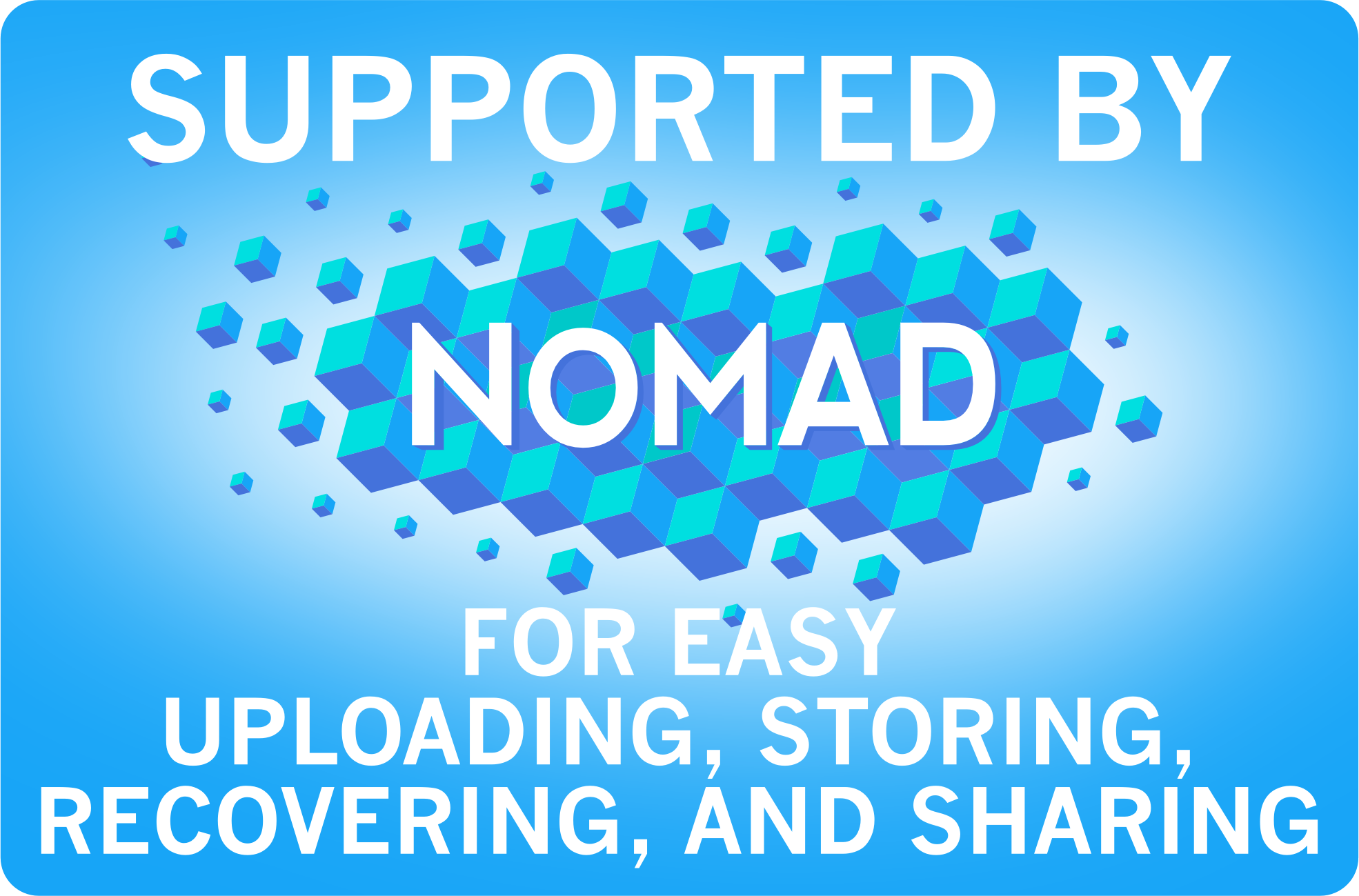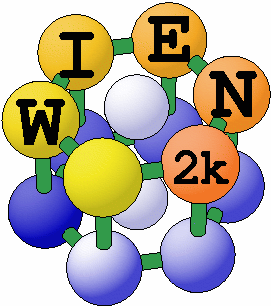

Scientific programme: (Download of the introductory lectures)
The 15th WIEN workshop deals with density functional (DFT) calculations using the (full-potential) Augmented Plane Wave plus Local Orbitals (APW+lo) method as embodied in the WIEN2k code (or related topics).
The workshop covers three aspects:
- Introduction to DFT, APW+lo, and WIEN2k
- Applications using WIEN2k code (and related methods)
- Lectures on and exercises with WIEN2k
Tuesday, March 25, 2008
- 16.00 to 19.00 Registration
- after 18.00 Get together (light buffet and drink reception, which will take place near the registration desk)
Part I: on Wednesday and Thursday
Wednesday, March 26, 2008
Chairperson: Karlheinz Schwarz
- 8.00 Registration
-
9.00 K.Schwarz (TU Vienna):
Density functional theory (DFT) and the concepts of the augmented-plane-wave plus local orbitals (APW+lo) method -
10.00 P.Blaha (TU Vienna):
An overview of the WIEN2k package - 11.00 Coffee break
- 11.30 Exercise I (getting started, struct file, init)
- 13.00 Lunch (Mensa)
-
14.00 P.Blaha (TU Vienna):
WIEN2k: input and output files (density, DOS, band structure) - 15.30 Exercise II (volume optimization + force minimization)
- 16.00 Coffee break (during the excecises)
Thursday, March 27, 2008
Chairperson: Karlheinz Schwarz
-
9.00 P.Blaha(TU Vienna):
Results and properties: supercells, forces, x-ray spectra, phonons, iterative diagonalization - 10.00 Karlheinz Schwarz (TU Vienna):
Magnetism - 10.30 Fabien Tran (TU Vienna):
LDA+U and forces - 11.00 Coffee break
- 11.30 Exercise III (supercell and xspec)
- 13.00 Lunch (Mensa)
-
14.00 Claudia Ambrosch-Draxl (Univ.Leoben, Austria):
The calculation of optical properties -
14.30 P.Blaha(TU Vienna):
Installation of WIEN2k (procedure and computer requirements) - 15.00 Exercise IV (optics and magnetism)
- 16.00 Coffee break
Part II: on Friday and Saturday
Friday, March 28, 2008
Chairperson: Claudia Ambrosch-Draxl
- 9.00 Robert Laskowski (TU Vienna):
Spin-orbit coupling and non-collinear magnetism - 9.45 Karlheinz Schwarz, R.Laskowski, P.Blaha (TU Vienna):
Nanomesh: h-BN on transition metal (111) surfaces - 10.30 Coffee break
- 11.00 Jan Rusz, S.Rubino, P.Novak (Uppsala, Sweden):
DFT simulations of ELNES amd EMCD - 11.30 Fabien Tran (TU Vienna):
Jahn-Teller distortion in PrO2 - 12.00 Lorenzo Pardini, V.Bellini, C.Ambrosch-Draxl, F.Manghi (Modena, Italy):
XMCD spectra of bulk transition metals
- 12.30 Lunch (Mensa)
-
14.00 General discussion on WIEN2k (P.Blaha, K.Schwarz, C.Ambrosch-Draxl, R.Laskowski)
(questions, problems, suggestions, etc) -
14.30 Micro POSTER presentation
Maximum is 2 minutes per poster (power point presentations) - 15.00 POSTER session
- Coffee during the poster session
- 16.00 Exercise V (LDA+U, spin-orbit coupling)
- 18.00 departure for "Heuriger" (Viennese wine tavern)
Saturday, March 29, 2008
Chairperson: Peter Blaha
- 9.00 Stefaan Cottenier, D.Torumba, P.Novak (RWTH Aachen, Germany):
Hybrid exchange-correlation functionals applied to hyperfine interactions at actinitde impurities in Fe - 10.00 Pavel Novak, J.Rusz (Prague, Czech Republic):
Updated QTL program - 10.30 Coffee break
Chairperson: St. Cottenier
- 11.00 Ricardo Gomez Abal (Fritz-Haber Institut Berlin, Germany):
The all-electron GW method based on WIEN2k - 11.45 Claudia Ambrosch-Draxl (Univ. Leoben, Austria):
Excitonic effects in semiconductors -
12.30 K.Schwarz (TU Vienna):
Closing remarks
Posters
The poster boards are 2m high and 95 cm wide.-
Seung Su Baik (Pohang, South Korea):
Electronic structure and magnetic properties of spinel FeCr2S4 and monoclinic FeCr2Se4 -
Karel Carva, I.Turek (Uppsala, Sweden):
Bulk and epitaxial Co2MnSi systems: ab intio calculations -
Hongchul Choi (Pohang, South Korea):
Electronic structure and magnetic properties of MnV2O4 and monoclinic FeCr2Se4 -
Martin Divis (Prague, Czech Republic):
Electronic structure and magnetism of UCoGe from first principles -
Kataryna Foyevtsova, H.Jeschke, R.Valenti (Frankfurt, Germany):
Comparative ab initio calculations of Ca2CuCl4 and Cs2CuBr4 electronic properties -
Nataliya Goncharuk, L.Smrcka, J.Kucera, V.Holy, K.Olejnik, V.Novak (Prague, Czech Republic):
XANES at the Mn-K-edge in (Ga,Mn)As diluted magentic semiconductors -
S. Cottenier (RWTH Aachen, Germany), Katrin Koch (Dresden, Germany):
Electron penetration in the nucleus and its effect on the electric field gradients -
Rajendra Kothari, M.Sharma, B.K.Sharma (Rajasthan, India):
Application of Compton scattering in studies of the electronic structure of materials -
Oleg Rubel, I.Nemth, A.Szajek (Marburg, Germany):
Modelling the compositional dependence of electron diffraction in GaAs. and GaP-based compound semiconductors -
Markus Valtiner, G.Grundmeier (Düsseldorf, Germany):
Hydroxide adsorption on ZnO(0001) surfaces -
Miroslaw Werwinski, A.Szajek (Poznan, Poland):
The electronic and magnetic properties of UPdAs2
©2001 by P. Blaha and K. Schwarz